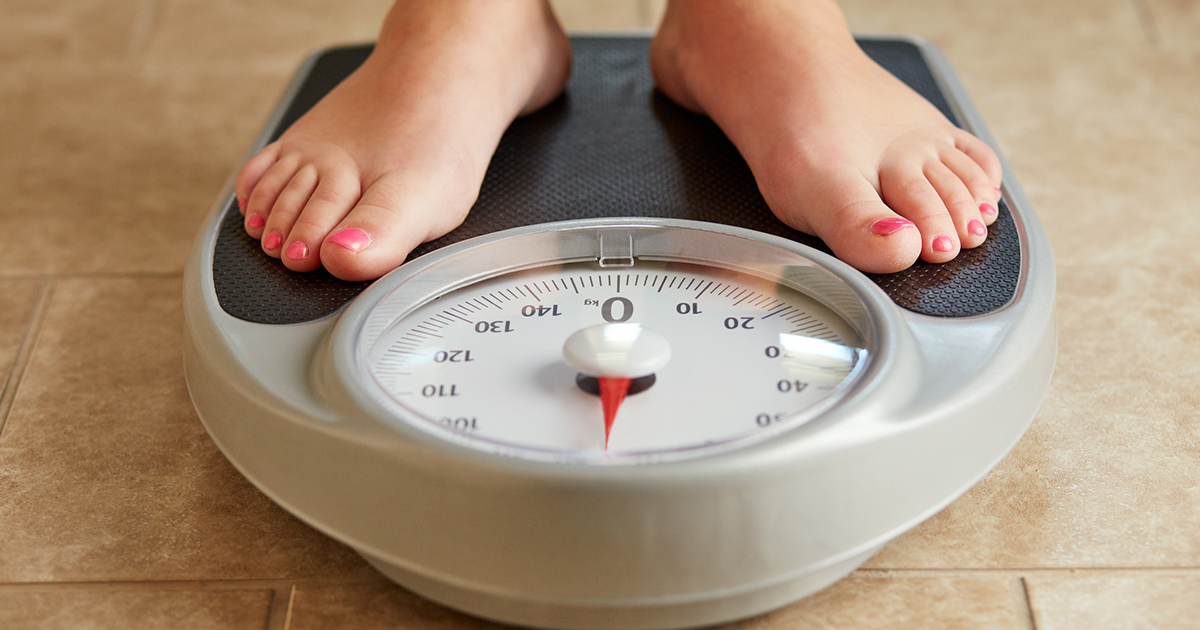How To Treat Hyperlipidemia
Hyperlipidemia describes cholesterol levels that are too high. In the United States, an estimated seventy-one million adults have elevated cholesterol. Of these patients, only about one out of three have control over the condition. There are two cholesterol types: 'bad' (LDL) and 'good' (HDL) cholesterol. For optimal health, it is essential for both types of cholesterol to be in balance. There are numerous ways to improve cholesterol levels and maintain a healthy balance. Many of these methods are things patients can easily control, and they include lifestyle and diet modifications. Once patients get their cholesterol levels checked, they can start right away with making the right changes for healthy cholesterol levels.
Lose Weight

Those who are overweight tend to have higher bad cholesterol levels, and their good cholesterol also tends to be lower. Losing just ten percent of excess weight can have a positive impact on total cholesterol levels. Why excess weight and high cholesterol are commonly seen together is not fully understood. However, experts believe it is because overweight individuals tend to eat a lot of foods high in cholesterol. When making the dietary changes needed to lose weight, individuals tend to eat foods lower in cholesterol. They also tend to eat more fiber due to increased vegetable and fruit intake. This is beneficial because fiber can absorb bad cholesterol.
Increase Dietary Fiber

When individuals increase their dietary fiber intake, they are helping their body reduce bad cholesterol. Fiber can absorb low-density lipoprotein (LDL) cholesterol, preventing it from accumulating in the body. Soluble fiber appears to be the most effective for this purpose. This type of fiber seems to have an impact on short-chain fatty acids in the bloodstream. Scientists state it seems to stop the uptake of harmful fats, including saturated fats. This is how medicines that lower cholesterol work, so fiber may be a viable alternative. This type of fiber also appears to reduce triglyceride levels and improve the body’s ability to metabolize fats and cholesterol. Soluble fiber is present in vegetables, fruit skins, and whole grains.
